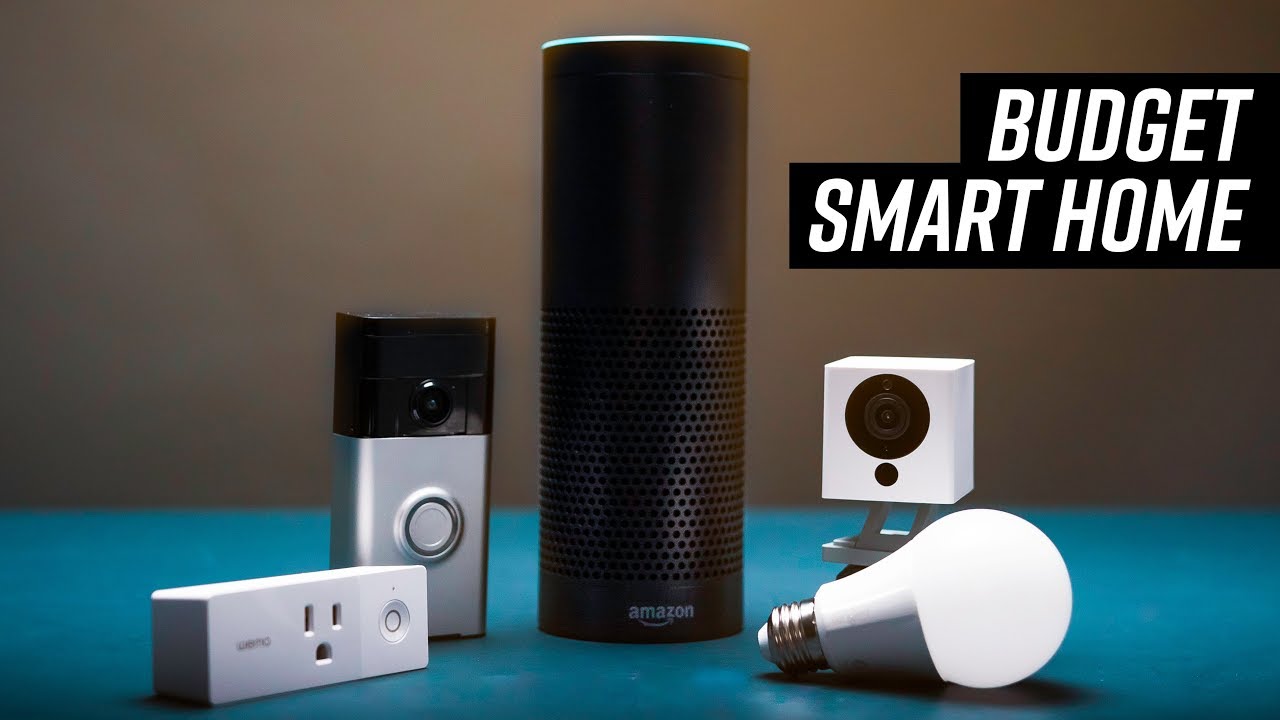How to Set Up Your Smart Home on A Budget

If you're looking for a smart home at a reasonable price, there are a few ways to accomplish that.
Start by identifying what you want your smart home to do. Do you want to control lights and appliances from your smart phone? Do you want to be able to check on your pets from afar? Do you want to receive notifications when something happens at home?
Once you've identified these features, it's time to figure out how much they'll cost. The average cost of a smart home system is $3,000, according to the Smart Home Survey 2017 by Parks Associates. That number includes the cost of an entire home automation system as well as individual devices like locks or thermostats.
If you're looking for an affordable way to get started with your smart home, check out these options:
Smart Things — This smart home hub lets users control their lights, door locks and other devices through an app on iOS and Android devices as well as Amazon Echo speakers or Google Home speakers. It costs $99 per year but offers everything needed for basic setup and control over different devices in your house. The Hub also comes with three months of free service so that users can try it out before committing
Smart home technology is one of those things that seem like a good idea until you actually try to make it work. It seems like the perfect solution for anyone who wants to automate their home or take control of their daily life, but the cost of getting started can be overwhelming. There are plenty of options out there, but they all come with their own set of pros and cons.
Thankfully, there are ways to get started on a budget without sacrificing quality. Here are some tips for setting up your smart home on a budget:
Start Small
It's easy to get overwhelmed by the sheer number of products available for smart home automation. There are too many options to choose from, and getting started can be difficult when you're trying to decide which product will best suit your needs. Start small and build up as your needs change over time. You can always add new products later if necessary.
Limit Your Options
The more products you add into your smart home ecosystem, the more expensive it will become over time. This is especially true if you're buying everything new instead of used or refurbished — make sure you're only adding what's necessary rather than purchasing everything in bulk just because it's on sale (which often happens during Black Friday sales).
The smart home is here to stay, and that's a good thing. Smart homes are becoming more common in the US, with more than half of American households owning at least one smart home device, according to a recent report from Parks Associates.
And while many people have been eager to jump on the bandwagon, it can be hard to know where to start when it comes to setting up your own smart home.
Now, new smart home software from Google makes it easier than ever for you to get started with your own smart home setup. With just a few clicks, you can create a wireless network for your entire house, connect it all together with Google Assistant and control everything from one central location.
